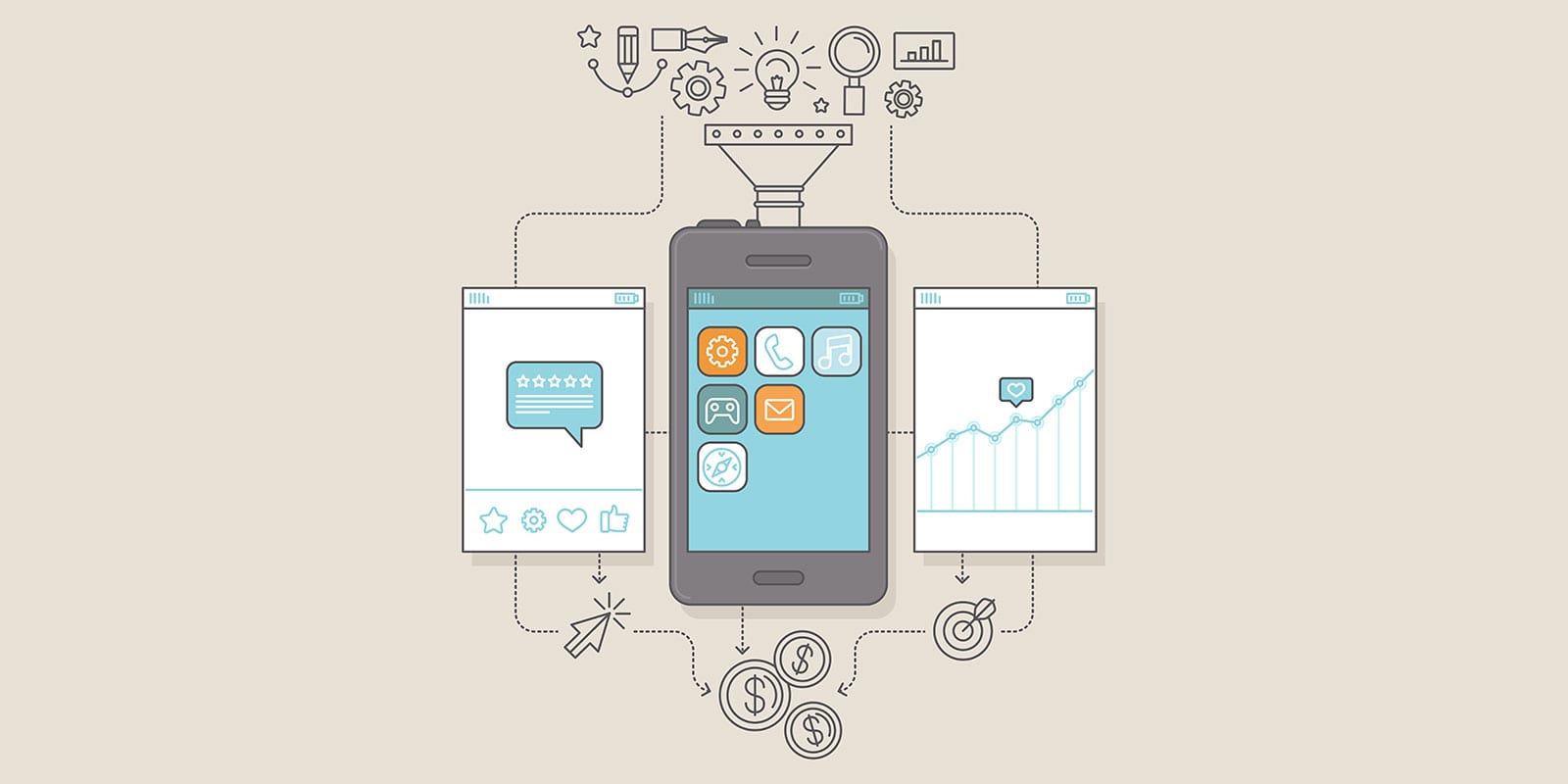How To Develop An App
Developing an app can be an exciting process, but it can also be challenging. There are many factors to consider, from the concept of the app to the coding and design. In this article, we will explore the key steps to developing an app and offer tips for ensuring that the development process runs smoothly.
Step 1: Define the Concept
The first step in developing an app is to define the concept. You should identify the problem that your app will solve or the need that it will meet. This will help you to create an app that is useful and that people will want to use.
Once you have defined the concept of your app, you can begin to think about the features that it will have. You should focus on the features that are essential to the app’s functionality and that will provide the most value to users.
Step 2: Conduct Market Research
Before you begin the development process, it is important to conduct market research. You should investigate the competition and identify the apps that are already available that address the same problem or need. This will help you to understand what features and functionality are already available and what users are looking for in an app.
You should also conduct user research to understand the needs and preferences of your target audience. This will help you to develop an app that is tailored to their needs and that they will want to use.
Step 3: Choose a Platform
Once you have defined the concept of your app and conducted market research, you can begin to think about the platform that you will develop it for. There are two main platforms for app development: iOS and Android.
iOS is the operating system used on Apple devices, while Android is used on devices made by a range of manufacturers, including Samsung, LG, and Google. You should choose the platform that is most relevant to your target audience.
Step 4: Design the User Interface
The user interface (UI) is the visual design of your app. It is important to create a UI that is intuitive and user-friendly. You should focus on creating a design that is consistent with the branding of your app and that provides a positive user experience.
When designing the UI, you should also consider the different screen sizes of the devices that your app will be used on. This will help you to ensure that your app is optimised for all users, regardless of the device they are using.
Step 5: Develop the App
Once you have designed the UI, you can begin the development process. This involves coding the app using programming languages such as Swift for iOS and Java or Kotlin for Android.
It is important to follow best practices for coding to ensure that your app is efficient and reliable. You should also ensure that your app is tested thoroughly to identify any bugs or issues that may arise.
Step 6: Publish the App
Once the app has been developed and tested, you can publish it on the relevant app store. This involves creating an account on the app store and uploading your app.
It is important to follow the guidelines set out by the app store to ensure that your app is approved. This may involve reviewing the content of your app, ensuring that it meets the app store’s policies, and providing the necessary information about your app.
Conclusion: Step 7: Promote the App
Once your app has been published, it is important to promote it to ensure that users are aware of it. This may involve advertising on social media or other channels, as well as working with influencers or bloggers to promote your app.
You should also encourage users to rate and review your app. This will help to improve its visibility and increase its credibility.
